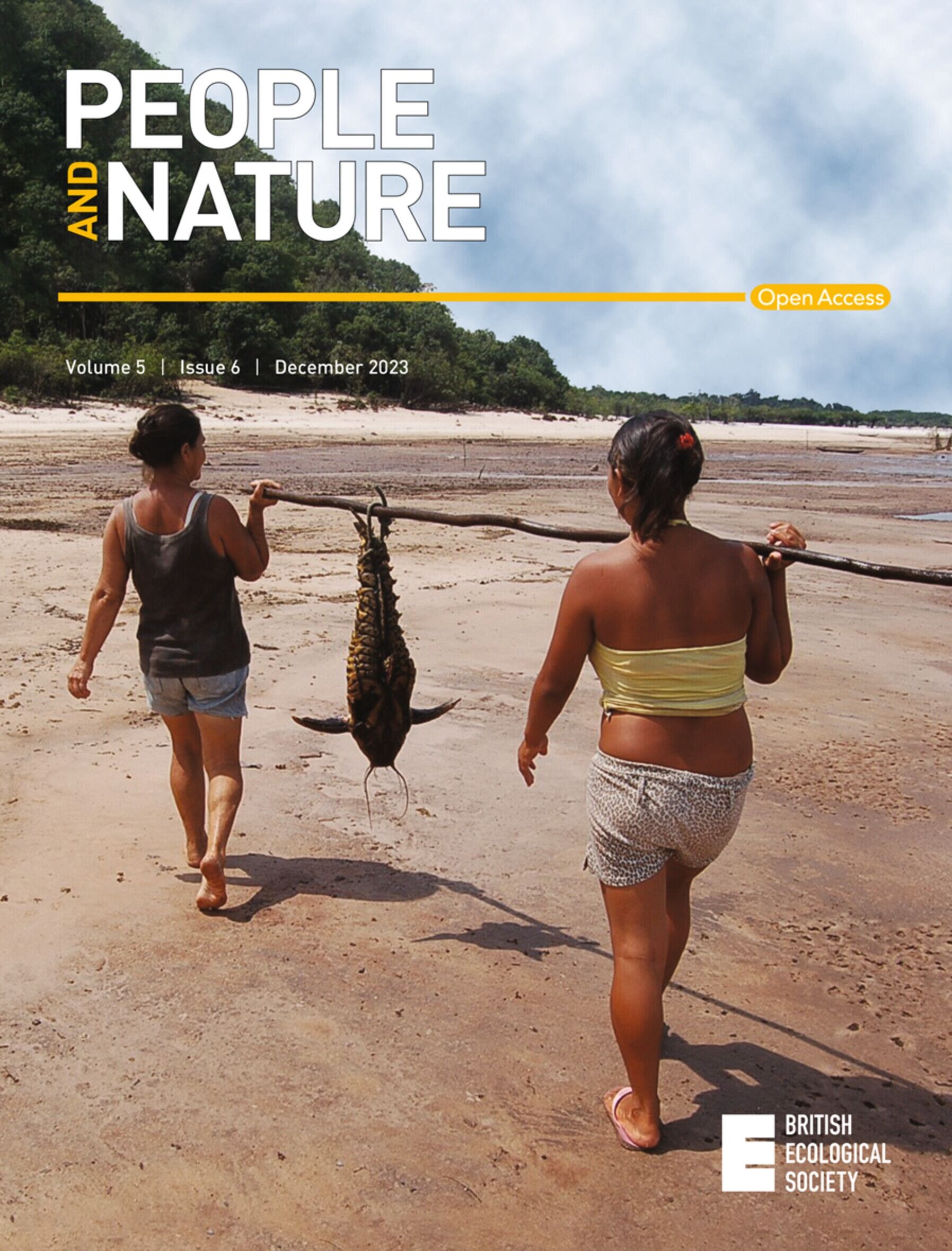Multicriteria GIS ‐based analysis for the evaluation of the vulnerability of the marine environment in the Gulf of Trieste (north‐eastern Adriatic Sea) for sustainable blue economy and maritime spatial planning
IF 4.9
1区 环境科学与生态学
Q1 BIODIVERSITY CONSERVATION
引用次数: 0
Abstract
Abstract The Gulf of Trieste, is a shallow semi‐enclosed sea of about 500 km 2 in the north‐eastern part of the Adriatic Sea. The coastal and marine areas of the Italian region Friuli Venezia Giulia, which borders most of the Gulf of Trieste, are subject to significant pressure from human activities, especially in terms of maritime traffic, ports, industry, fishing and tourism. But they are also characterised by natural areas of high environmental value. We wanted to understand the human impact on these coastal and marine areas in order to better inform sustainable management. To carry out the analysis, we collected a range of anthropogenic (human) and environmental data, from which we produced a series of indicator maps. By combining the various indicators, we created two subsequent maps: the seabed vulnerability map and the marine environment vulnerability map in the area as a whole. The analysis has highlighted areas with different degrees of environmental vulnerability due to human development and identified the most critical areas in the Gulf of Trieste with high anthropogenic pressure. Both maps show that human impacts affect large areas of the seabed and marine environment, while those with minimal or non‐existent impacts are very limited and are related mainly to areas with high levels of existing protection and conservation. The seabed vulnerability map shows that the biggest problems are related to discharge of dredging sludge, mollusc fishing with dredgers and turbo blowers, and anchoring boats. Furthermore, the presence of anthropogenic elements on the seabed can damage the natural environment and even permanently alter the natural shape and structure of the seabed. The marine environment vulnerability map shows that ports, urbanisation, industrial activities, maritime traffic and fishing pressure affect the entire study area. The vulnerability maps are a useful analytical tool to identify the most critical areas where possible actions can be planned to maintain a healthy and sustainable productive marine environment and to manage and resolve the conflicts between economic development and environmental health. Read the free Plain Language Summary for this article on the Journal blog.基于GIS的多标准的里雅斯特湾(亚得里亚海东北部)海洋环境脆弱性评价分析:可持续蓝色经济和海洋空间规划
的里雅斯特湾是亚得里亚海东北部一个约500平方公里的半封闭浅海。意大利弗留利威尼斯朱利亚地区的沿海和海洋地区毗邻的里雅斯特湾的大部分地区,受到人类活动的巨大压力,特别是在海上交通、港口、工业、渔业和旅游业方面。但它们也有高环境价值的自然区域。我们想了解人类对这些沿海和海洋地区的影响,以便更好地为可持续管理提供信息。为了进行分析,我们收集了一系列人为(人类)和环境数据,从中我们制作了一系列指标图。通过综合各种指标,我们创建了两个后续地图:海底脆弱性地图和整个区域的海洋环境脆弱性地图。该分析突出了由于人类发展而具有不同程度环境脆弱性的地区,并确定了的里雅斯特湾具有高人为压力的最关键地区。这两张地图都表明,人类的影响影响了大面积的海底和海洋环境,而那些影响很小或没有影响的影响非常有限,而且主要与现有保护和养护水平很高的地区有关。海底脆弱性地图显示,最大的问题与疏浚污泥的排放、用挖泥船和涡轮鼓风机捕捞软体动物以及停泊船只有关。此外,海底人为因素的存在可以破坏自然环境,甚至永久地改变海底的自然形状和结构。海洋环境脆弱性图显示,港口、城市化、工业活动、海上交通和渔业压力影响了整个研究区域。脆弱性地图是一种有用的分析工具,可用于确定最关键的领域,在这些领域可计划采取行动,以维持健康和可持续的生产性海洋环境,并管理和解决经济发展与环境健康之间的冲突。在《华尔街日报》博客上阅读免费的《简明语言摘要》。
本文章由计算机程序翻译,如有差异,请以英文原文为准。
求助全文
约1分钟内获得全文
求助全文

 求助内容:
求助内容: 应助结果提醒方式:
应助结果提醒方式:


